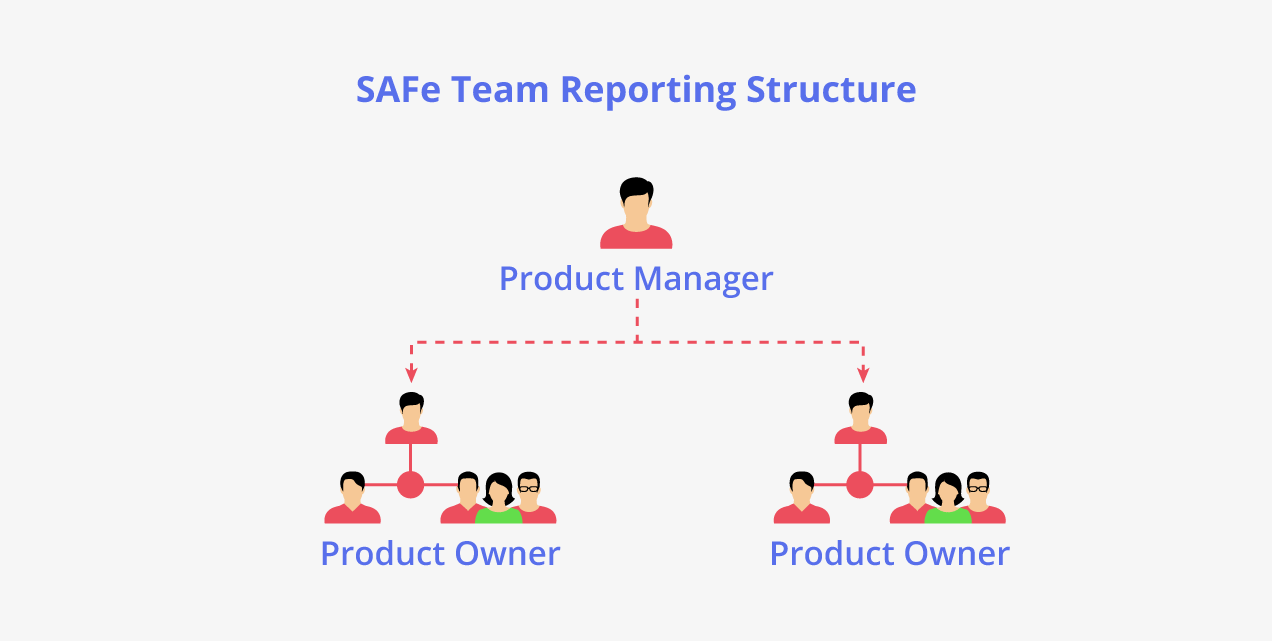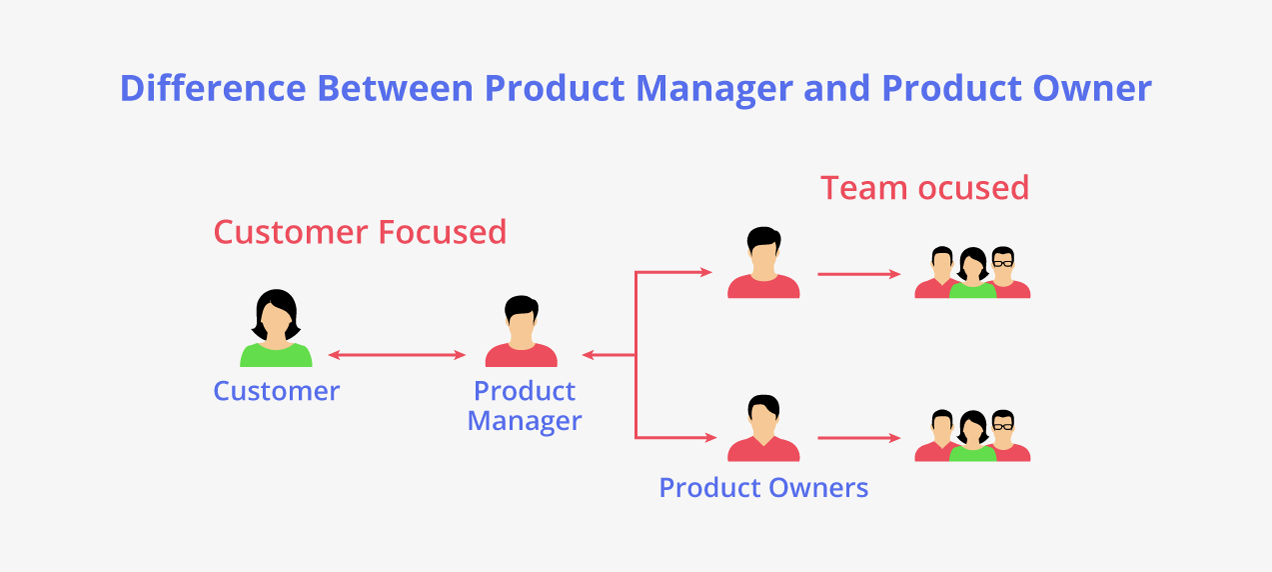What Is a Safe Product Owner?
The Scaled Agile Framework® (SAFe®) is, in the words of Dean Leffingwell, Creator of SAFe: “a knowledge base of proven, integrated principles, practices, and competencies for achieving business agility using Lean, Agile, and DevOps.” © Scaled Agile, Inc.
Using SAFe, the process of scaling Agile across a large-scale enterprise can be streamlined. SAFe details out organizational workflows that enhance productivity and employee engagement and ensure customer delight through quick deliveries of quality products.
A key role on a SAFe team is played by the Product Owner. In this blog, you will understand the role of a SAFe Product Owner, and how it relates to that of a Scrum Product Owner. You will also understand the SAFe Product Owner’s role with respect to that of a SAFe Product Manager.
The SAFe Product Owner is the member of the team who works as the voice of the customer. He or she liaises with Product Management and other POs, besides other stakeholders, to define and list out stories in the Team Backlog and order them as per priority.
In an ideal situation, the SAFe PO is in the same office as the rest of the team. However, with today’s distributed teams, this does not always happen.
One PO can support up to two Agile teams, at the most. The SAFe PO works with the SAFe Product Manager, who maintains the overall product vision.

The main responsibilities of the SAFe PO extend across the team, and even beyond that to participate in Product Management events, where he or she will help to plan and create the Program vision and refine the Program Backlog.
The following are the main responsibilities of the SAFe PO:
The PO plays a significant role as a member of the larger Product Management team and has to participate in the events during Program Increment (PI) planning. The activity of program backlog refinement also requires every PO’s participation and close involvement. Before the event, the PO will keep the team backlog updated and will contribute to creating the vision and charting out the roadmap.
When the planning event is in progress, the PO should be at hand to give clarity wherever needed. The entire SAFe team will work to map out the team’s PI objectives for the upcoming PI.
During the iteration execution, the PO holds extremely critical responsibilities:
During each PI, the PO will connect with other POs to check and coordinate other dependencies, ensuring smooth work progress without any hiccups. They will sync up typically during weekly events.
Additionally, POs play a valuable role in creating the System Demo for all the stakeholders involved in the program value stream.
The Inspect and Adapt (I&A) workshop is held to address any large impediments to smooth progress. During this event, the PO works across teams to see how best to improve processes and increase team velocity and quality. During the I&A workshop, the PO participates in and holds the PI system demo for program stakeholders.
Before we get into the differences in the roles and responsibilities of a SAFe Product Owner and a Scrum Product Owner, we need to also understand a third and more prominent role on a SAFe team: that of the SAFe Product Manager.
The SAFe Product Manager is someone who works with several SAFe teams, typically two to four, and owns the Program Backlog—which gives him or her an overall view of the entire project (or the big picture).

The table below talks about the differences in the roles played by a SAFe Product Owner and a Scrum Product Owner.
Similarities

The PO and the PM roles are completely distinct in SAFe, and each comes with its own set of responsibilities.
There is a different focus for each role:
Product Owners and Product Managers work together collaboratively to understand the customer’s needs and work toward fulfilling them. The flow of information is from the customer to the PM, and then down to the POs and their team members. The POs and PMs meet up at all ART or PO planning and sync up events and stay aligned with the same set of overarching goals.
As we have seen, one person cannot undertake the roles of the SAFe Product Owner and the SAFe Product Manager at the same time. POs and PMs must at all times be connected, and work in tandem to deliver a successful product; however, having one person playing both roles is a sure route to disaster!
The last word…
The SAFe Product Owner plays a role that is at the core of SAFe, setting up the product strategy, getting deep into customer requirements, and prioritizing the features as per their importance. They hold the responsibility of ensuring customer delight, even as they keep a pulse on the economic value that is to be derived from the product.
In the end, SAFe is all about giving the larger enterprise a framework for scaling Agile — to build better products, respond to volatile markets, and keep in step with emerging technologies — and without the Product Owner’s expertise, all this will fall short.
Research & References of What Is a Safe Product Owner?|A&C Accounting And Tax Services
Source
